colorado river indian tribes water rights
The new federal money is designed to fund the construction of reservoirs pumping stations and clean drinking water systems that help tribes use more of the water theyre owed. The Colorado River Indian Tribes Water Resiliency Act of 2021S3308 would create the authority for CRIT to further exercise its water rights.

Crwua Colorado River Water Users Association
Nothing in this compact shall be construed as affecting the obligations of the United States of America to Indian tribes.

. These tribes hold rights to more than 700000 acre-feet of mainstem Colorado River water with more than 660000 acre-feet of that water in Arizona. The reservation stretches across nearly 300000 acres in Arizona and California with the Colorado River serving as its focal point and the source of. The Upper Colorado River Basin Compact went one step further by declaring tribal water rights are to count.
The tribes are allocated 662000 acre-feet in Arizona more. This tribal nation is the largest single user of Colorado River water in Arizona with rights to divert about 662000 acre-feet per year more than double the. Colorado River As the Colorado River Basin becomes drier and.
The Colorado River Basin Tribes Partnership also known as the Ten Tribes Partnership is an organization formed in 1992 by 10 federally recognized tribes with reserved water rights in the Colorado River Basin. Section 7 of the 1922 Colorado River Compact which addresses Native Americans consists of a single sentence. There are 30 federally recognized tribes in the Colorado River Basin that collectively have rights to 32 million acre-feet MAF or about 25.
A study of tribal water rights could shed light on future Indian water use. Take the Colorado River Indian Tribes consisting of four tribes the Mohave Chemehuevi Hopi and Navajo with a reservation along the Colorado River at the border between Arizona and California. Created by the federal government in 1865 the Colorado River Indian Tribes CRIT Reservation is a community consisting of members from four distinct tribes.
With the oldest claims to water the tribes command a considerable role in directing the regions future. Native American tribes are emerging leaders in the drying basin. The Colorado River Indian Tribes are currently working with Arizona Sens.
The Study Report released in December 2018 includes perspectives and positions from each of the Partnership Tribes as statements from the Tribes individual perspective. The Ute Indian Tribe has a pending lawsuit challenging the project arguing that the pipeline would obstruct the tribes efforts to fully develop. Take the Colorado River Indian Tribes consisting of four tribes the Mohave Chemehuevi Hopi and Navajo with a reservation along the Colorado River at the border between Arizona and California.
As Shortages Loom in the Colorado River Basin Indian Tribes Seek to Secure Their Water RightsWESTERN WATER IN-DEPTH. Ute Indian Tribe Ute Mountain Ute Tribe Southern Ute Indian Tribe Jicarilla Apache Nation Navajo Nation Chemehuevi Indian Tribe Colorado. Mohave Chemehuevi Hopi and Navajo.
Background into Tribal Water Rights in the Colorado River Basin. The Ten Tribes Partnership was formed in 1992 by ten federally recognized tribes with federal Indian reserved water rights in the Colorado River or its tributaries. Senate - 03232022 Committee on Indian Affairs.
With the oldest claims to water Native American tribes in the Colorado River Basin command a considerable role in directing the regions future. The Colorado River Indian Tribes are currently working with Arizona Sens. Oct 14 2019 7 min read.
Percent of the basins annual average water supply while over a dozen others still have outstanding. Combined they hold rights to a substantial portion of the Colorado Rivers flow. Basin tribes hold water rights to about 3 million acre-feet of Colorado River water which equates to about 25 of the rivers current average annual flow.
Senate - Indian Affairs. The member tribes are. That percentage will only increase as climate change continues to reduce the amount of water available to states with newer water rights.
Tribes with reservations in the Colorado River Basin currently have quantified rights to divert about 20. These tribes hold rights to more than 700000 acre-feet of mainstem Colorado River water with more than 660000 acre-feet of that water in Arizona. The Colorado River Indian Tribes commonly referred to as the CRIT secured water for its land near Parker long before statehood.
July 10 2015 in North America Water News by Kaye LaFond. In honor of National Indigenous Day we must educate and give space to native peoples. As Shortages Loom in the Colorado River Basin Indian Tribes Seek to Secure Their Water Rights.
Section 7 of the 1922 Colorado River Compact which addresses Native Americans consists of a single sentence. Tribes including many of those in the Colorado River basin have some of the oldest water rights in the region but often lack the infrastructure to use their full allotments. S3308 - Colorado River Indian Tribes Water Resiliency Act of 2021 117th Congress 2021-2022 Bill Hide Overview.
Mark Kelly and Kyrsten Sinema to pass the Colorado River Indian Tribes Water Resiliency Act of. Kelly Mark D-AZ Introduced 12022021 Committees. Yet as the Colorado River Research Group has noted before existing uses of basin water already.
Roughly 20 percent or 29 million acre-feet which is more water than Arizonas allocation from the river. This authority would enable CRIT to allocate its water resources to provide a short-term water supply for entities experiencing drought or shortages across Arizona and protect natural habitats along the Colorado River. Mark Kelly and Kyrsten Sinema to pass the Colorado River Indian Tribes Water Resiliency Act of 2021 which would allow the.
Nothing in this compact shall be construed as affecting the obligations of the United States of America to Indian tribes The Upper Colorado River Basin Compact went one step further by declaring tribal water rights are to count against. Combined the tribes hold rights to a substantial portion of the Colorado Rivers flow.
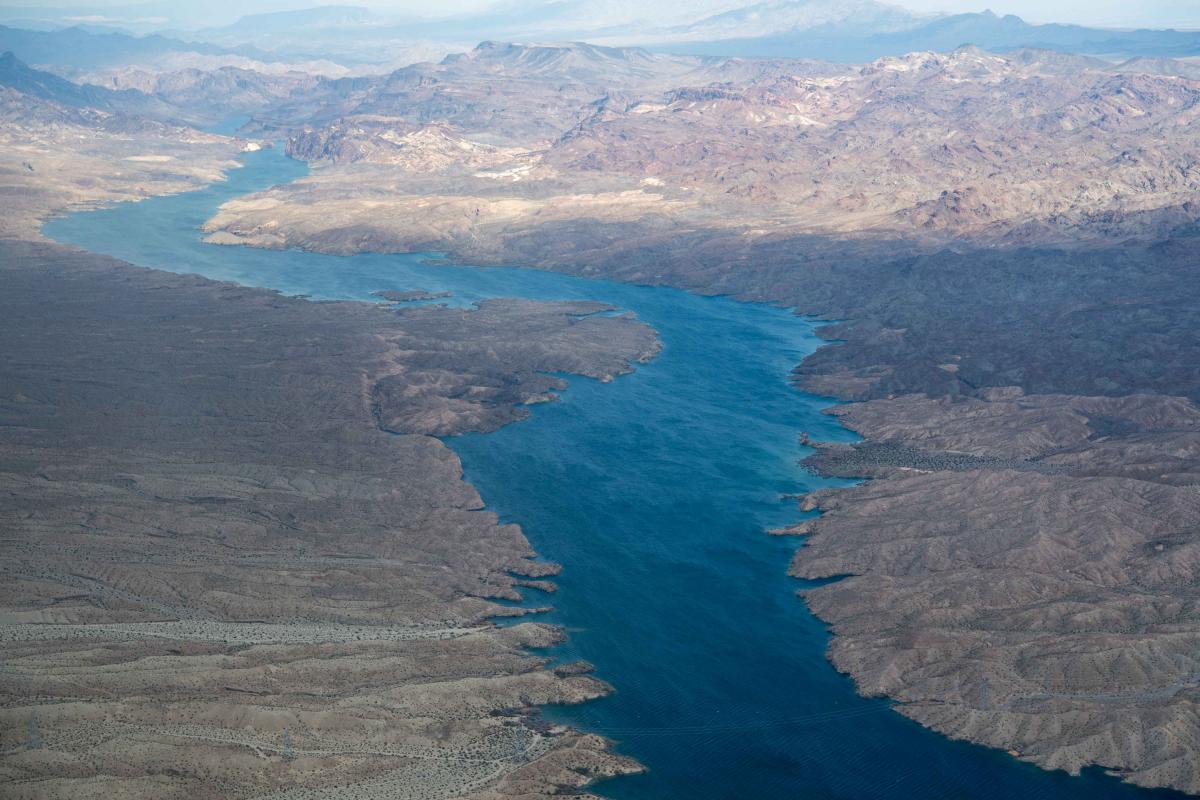
As Shortages Loom In The Colorado River Basin Indian Tribes Seek To Secure Their Water Rights Water Education Foundation
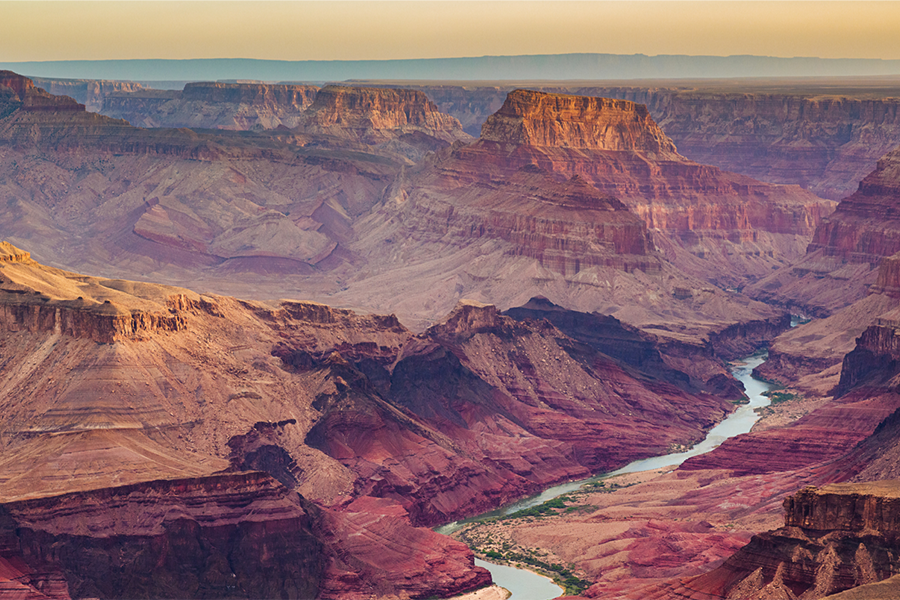
Colorado River Indian Tribes Crit System Conservation Project Business For Water Stewardship

With Water Leasing Vote Colorado River Indian Tribes Will Seek Consequential Legal Change Circle Of Blue

In Drying Colorado River Basin Indian Tribes Are Water Dealmakers Circle Of Blue

In Drying Colorado River Basin Indian Tribes Are Water Dealmakers Circle Of Blue
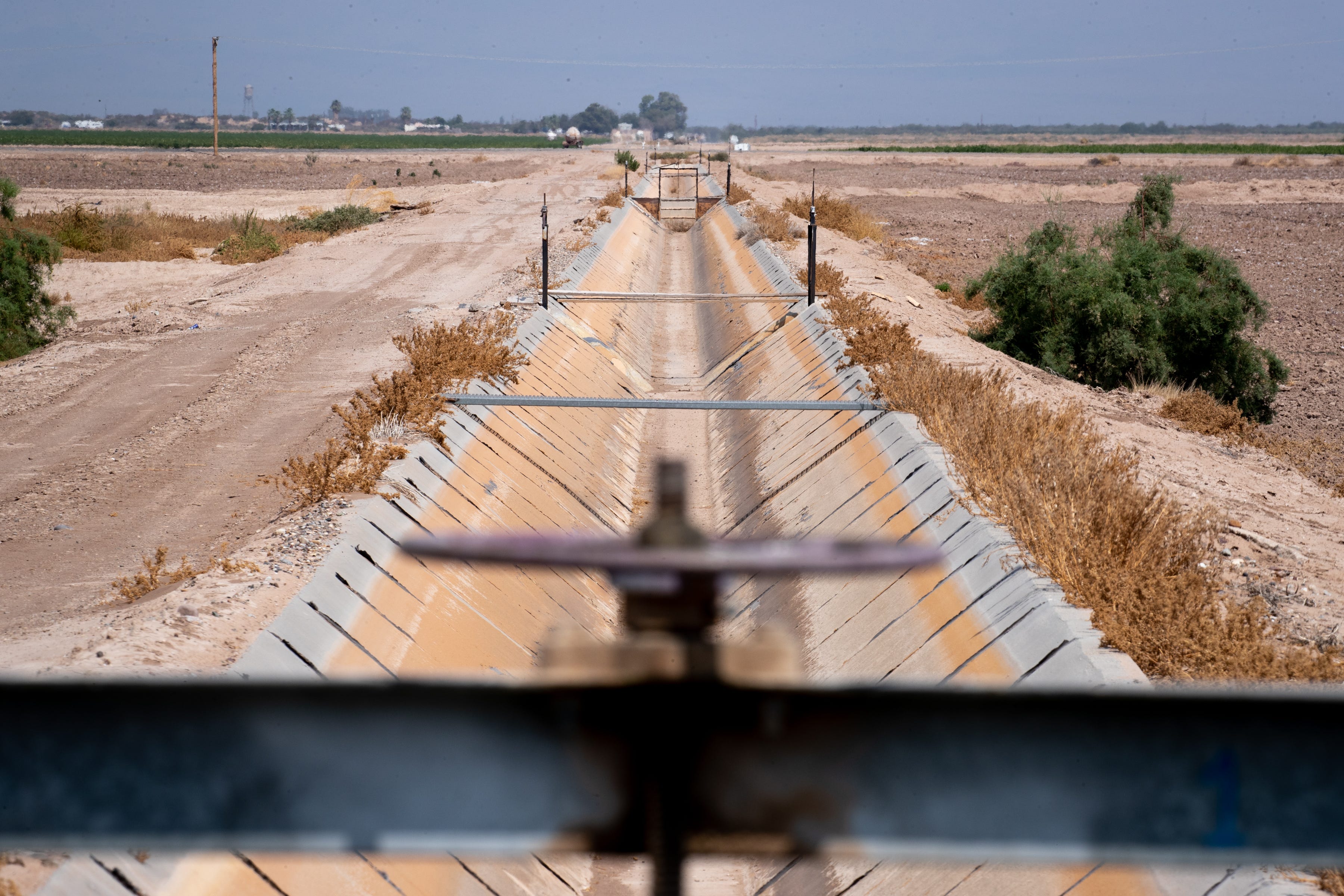
Colorado River Water With Senior Rights Could One Day Be Up For Grabs

Colorado River Indian Tribes Look To Water Rights As Potential Boost For Economy
Colorado River Indian Tribes Tribal Water Uses In The Colorado River Basin
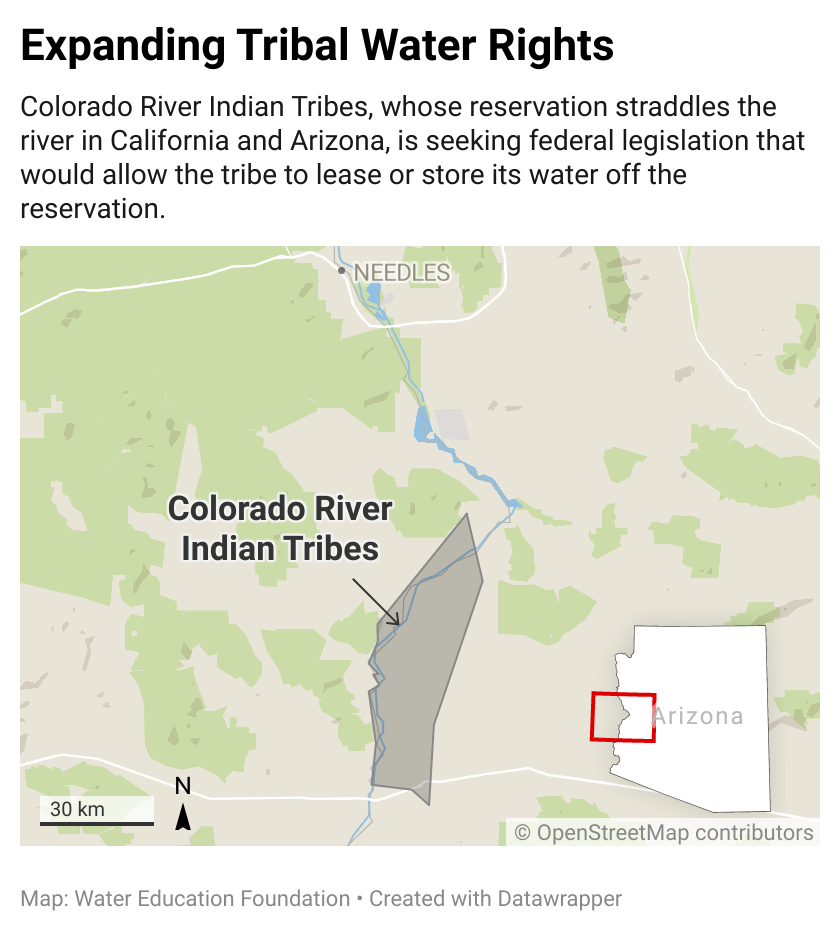
A Colorado River Tribal Leader Seeks A Voice In The River S Future And Freedom To Profit From Its Water Water Education Foundation

Interactive Map Indian Water Rights In The Colorado River Basin Circle Of Blue

Tribe Becomes Key Water Player With Drought Aid To Arizona The Columbian

In Drying Colorado River Basin Indian Tribes Are Water Dealmakers Circle Of Blue

As Shortages Loom In The Colorado River Basin Indian Tribes Seek To Secure Their Water Rights Water Education Foundation

Addressing Institutional Barriers To Native American Water Marketing

Tribes Call For Inclusion On The Colorado River Water Education Colorado

Colorado River Indian Tribes Wikiwand
Tribal Water And The Colorado River Thoughts On The Recent Crwua Meeting Jfleck At Inkstain
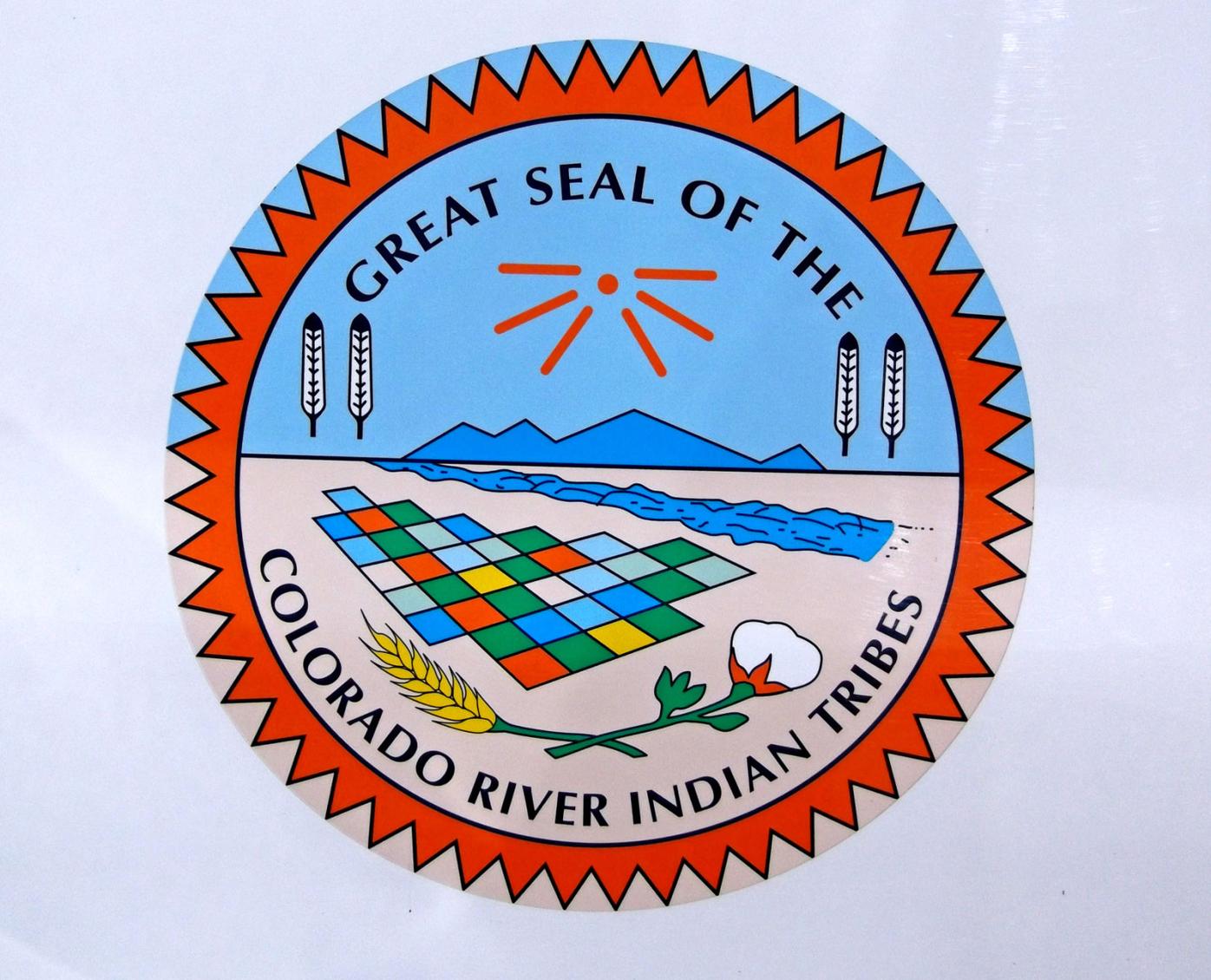
Crit Voters Approve Ordinance To Allow For Leasing Some Water Rights News Parkerpioneer Net